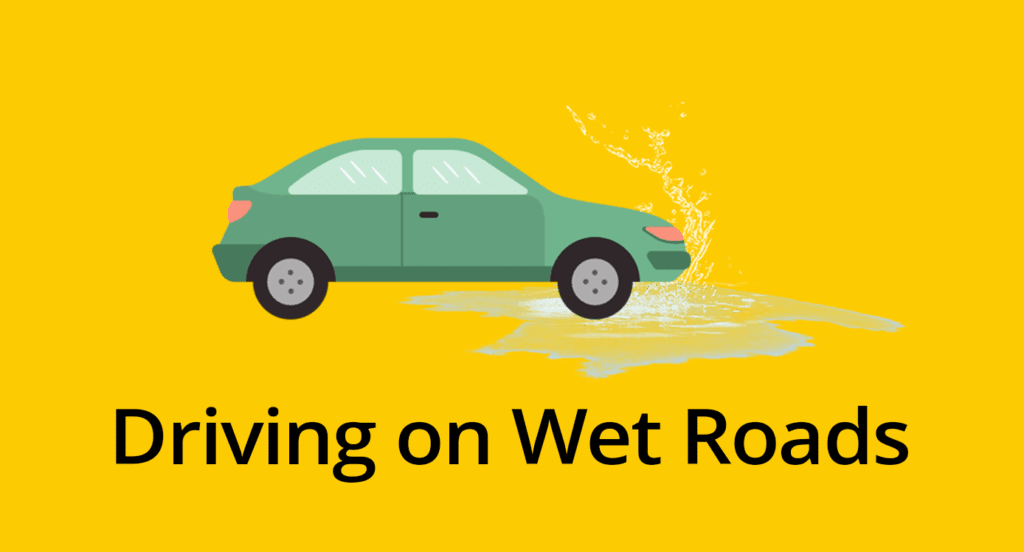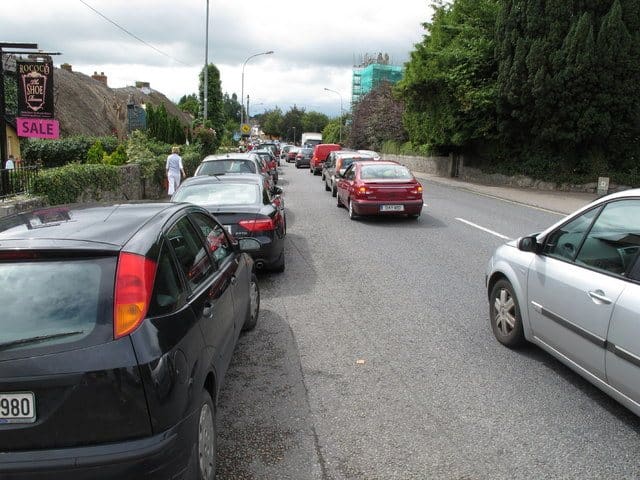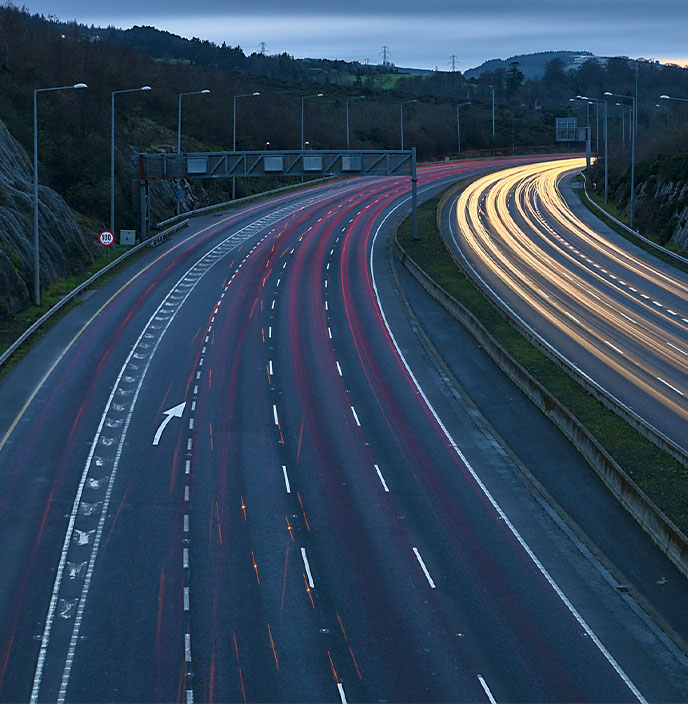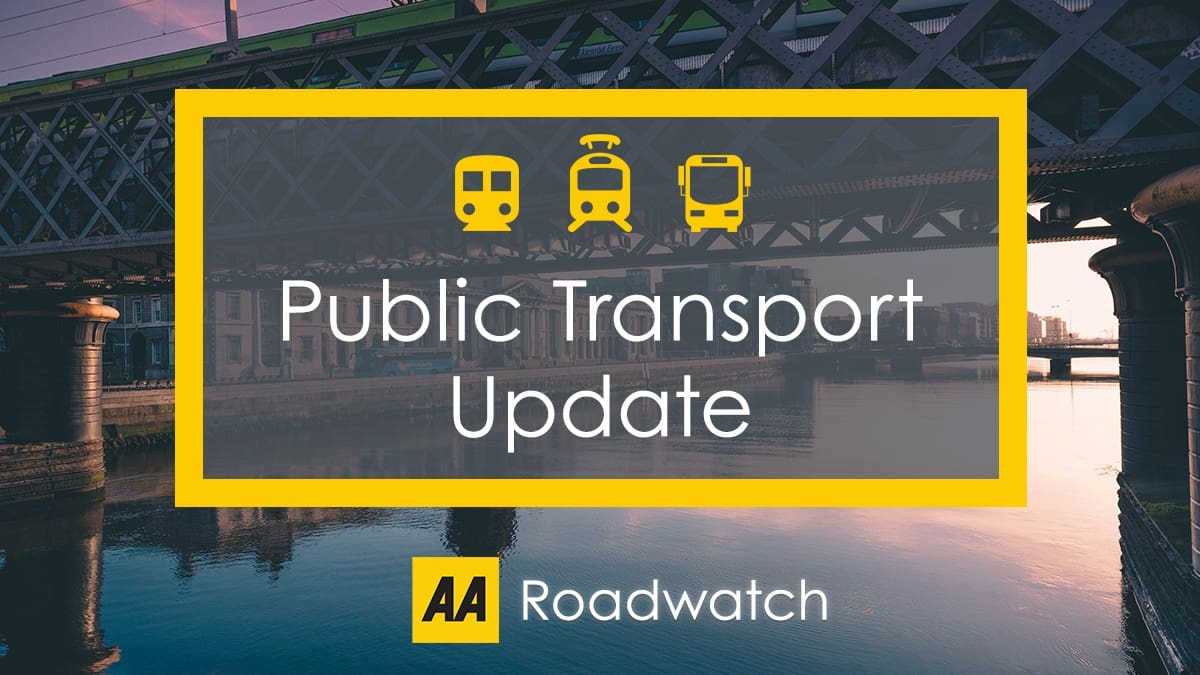Travelling in wet conditions is hardly out of the norm for Irish drivers, but it still comes with a range of dangers. If you must travel on a wet day, follow our advice below to make your journey as safe as possible.
Slow down
Reducing your speed is one of the most important things you can do to stay safe on wet roads. It can take roughly twice as long to stop a vehicle on a wet surface, so allow extra space between you and other road users. Remember that driving quickly through surface water is dangerous, as there’s a risk of aquaplaning – that’s when your tyre treads fill with water, losing contact with the road and reducing your steering control. If the steering feels ‘light’, you may be aquaplaning. If so, keep the wheels straight, ease off the accelerator and allow your speed to reduce naturally – don’t brake.
Beware of flooding
Never attempt to drive through standing water unless you’re sure it’s not too deep for your vehicle. If you do judge it to be safe, drive as close as to the centre of the road as is safely possible, because that is its highest point. Drive slowly in a low gear to keep your engine revs high. Afterwards, continue to drive slowly and tap the brake pedal a few times – this helps to dry the brakes. Never drive through fast-moving water; your car could be swept away. You can find our full guide to navigating surface water and flooding here.
Visibility
A heavy downpour can really affect visibility on the roads – if you’re struggling to see other road users, they’re most likely struggling to see you too. Turn on your dipped headlights in heavy rain, to help you see others and others to see you. Take particular care when travelling behind large vehicles as they can generate spray that will further reduce visibility. As a rule of thumb, stay far back enough that you can see their mirrors.
Be mindful of other road users
Similar hazards present to cyclists and motorcyclists when travelling on a wet day. Pedestrians may need to move out from the path or roadside to avoid puddles. For that reason, it’s especially important to allow extra space between you and vulnerable road users on a wet day. As mentioned above, visibility can be massively affected in wet conditions. Keep in mind that your vehicle may also generate spray which will affect visibility to other road users. Slowing down will help to reduce this.
This article is part of a series of blogs on how to drive safely in various weather conditions – you can also read our guide on driving in snow or hail.










